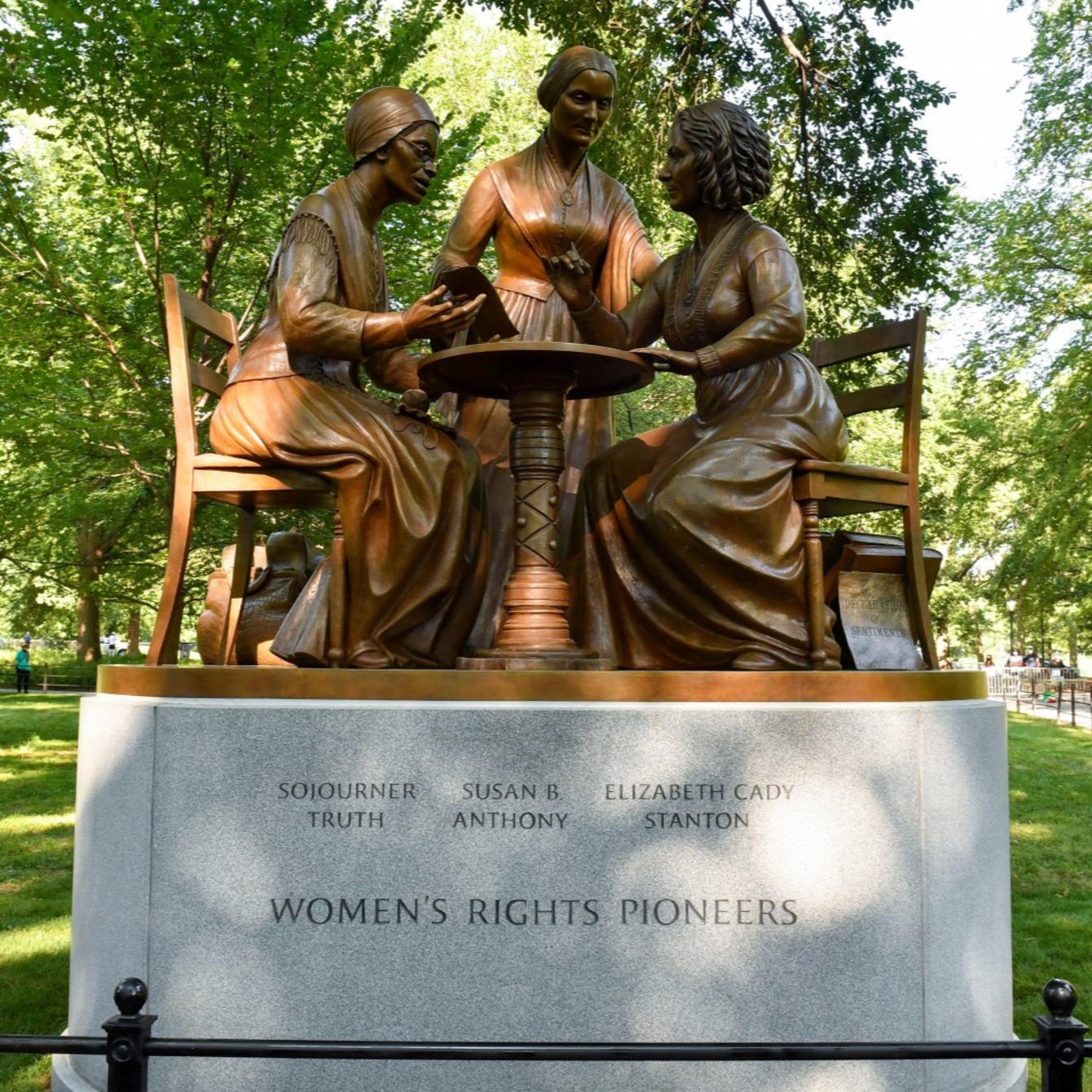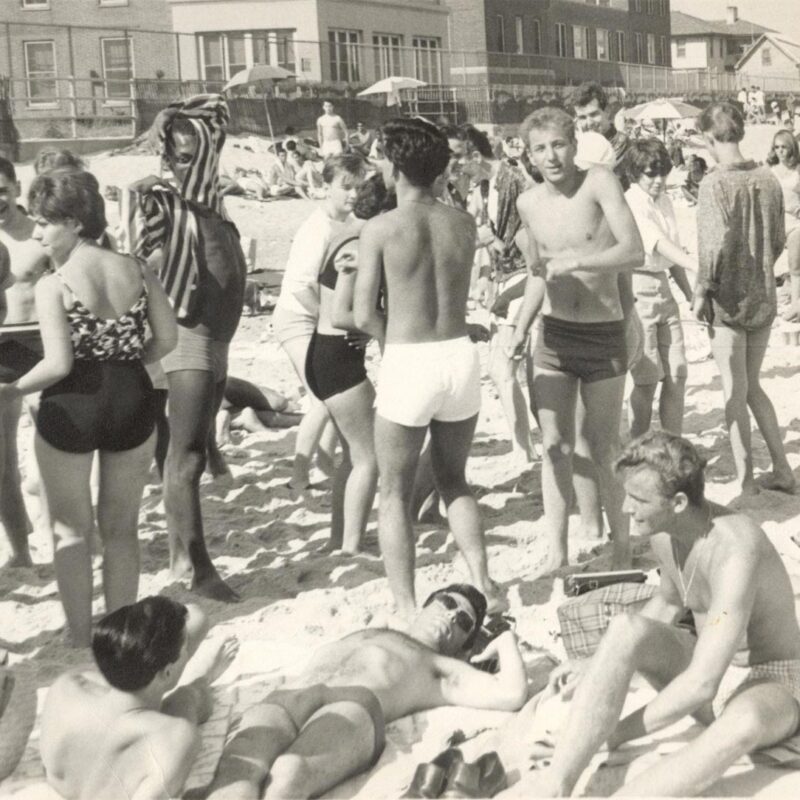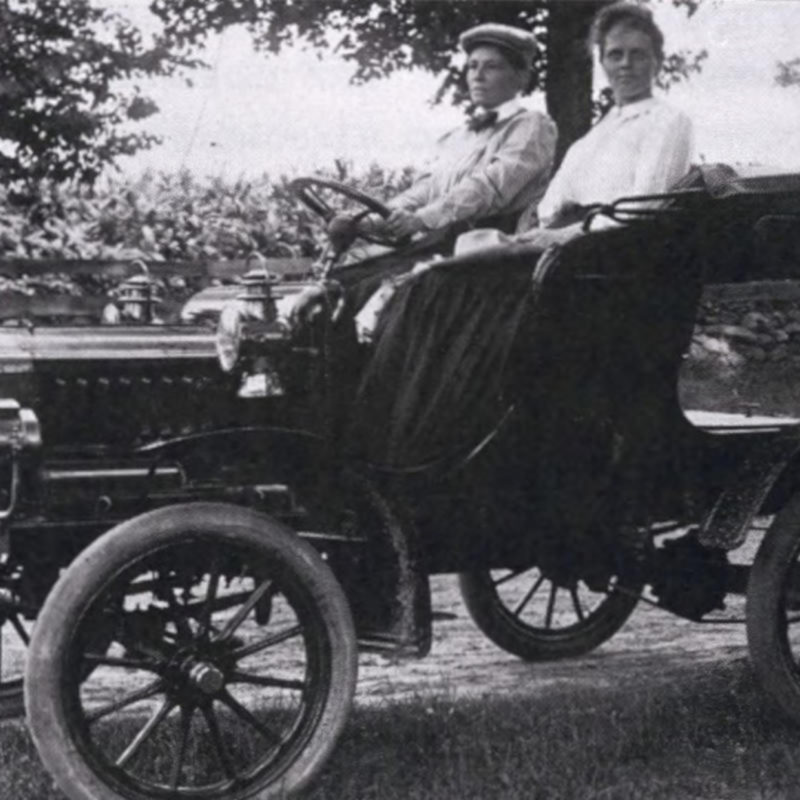
Susan B. Anthony, Women’s Rights Pioneers Monument
overview
Many New York City public parks and playgrounds are named in honor of prominent figures in New York City and American history. In addition, there are memorials that honor LGBT individuals.
Susan B. Anthony in the Women’s Rights Pioneers Monument, in Manhattan’s Central Park, inadvertently honors an LGBT individual.
History
Many New York City public parks and playgrounds are named in honor of prominent figures in New York City and American history. The NYC LGBT Historic Sites Project compiled a list of public parks and playgrounds named after gay men, lesbians, and bisexuals, several of which intentionally honor an LGBT individual. In addition, there are memorials that unintentionally honor LGBT individuals. This list includes Susan B. Anthony in the Women’s Rights Pioneers Monument, in Manhattan.
The Women’s Rights Pioneers Monument, by sculptor Meredith Bergmann, was the first monument in Central Park to depict real women instead of allegorical figures. It features three figures – Susan B. Anthony, Sojourner Truth, and Elizabeth Cady Stanton. Unveiled in 2020 and sponsored by the group Monumental Women, it commemorated the centennial of the ratification of the 19th Amendment to the U.S. Constitution, which gave women the right to vote.
The monument’s inclusion of Susan B. Anthony (1820-1906) inadvertently honors an LGBT individual. Anthony has been called “the most famous lesbian in America in the 19th century” by the writer Victoria A. Brownworth. Born into a Quaker family, Anthony began as a lecturer for the abolitionist and temperance causes, and turned to women’s rights in 1852. She became one of the single most important leaders of the American women’s rights and suffrage movements. Historian Lillian Faderman called Anthony “the driving force” of American suffrage for decades, as she was constantly traveling all over the country, speaking and bringing women into the movement. The 19th Amendment, ratified in 1920, is widely known as the “Susan B. Anthony Amendment.” Faderman has established that the American suffrage movement was largely led by “women who loved other women,” unencumbered by the constraints of heterosexual marriage and children. Anthony had a long, close personal and working relationship with the married Elizabeth Cady Stanton, from 1851 until Stanton’s death in 1902. And though Anthony was derided by opponents in her day as “manly,” and desexualized by many subsequent historians, her romantic attachments with other women are well documented in letters. Anthony was the central figure in the opera The Mother of Us All (1947) by Virgil Thomson and Gertrude Stein, in which she is depicted in a relationship with “Anne.”
Entry by Jay Shockley, project director (April 2024).
NOTE: Names above in bold indicate LGBT people.
Building Information
- Architect or Builder: Meredith Bergmann, sculptor
- Year Built: 2020
Sources
Lillian Faderman, To Believe in Women: What Lesbians Have Done for America – A History (New York: Houghton Mifflin Co., 1999).
Victoria A. Brownworth, “Lesbian Erasure: part two,” Philadelphia Gay News, October 11, 2018, bit.ly/3RA12UE.
Do you have more information about this site?
This project is enriched by your participation! Do you have your own images of this site? Or a story to share? Would you like to suggest a different historic site?






